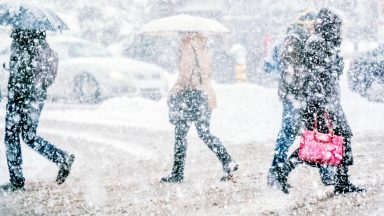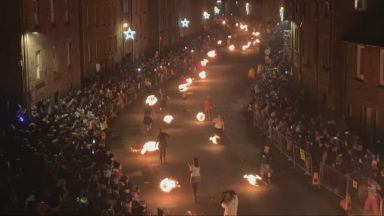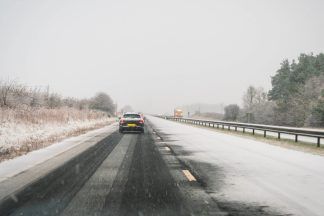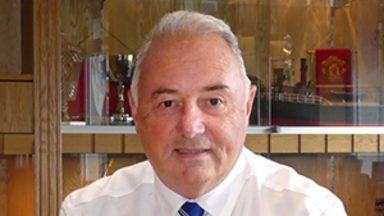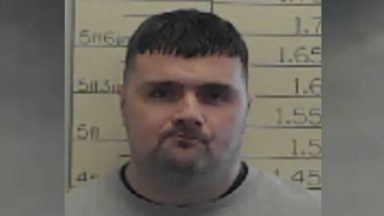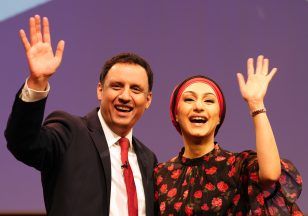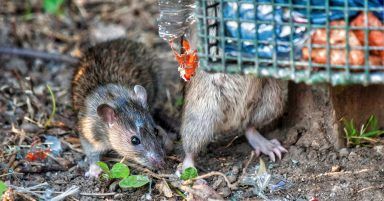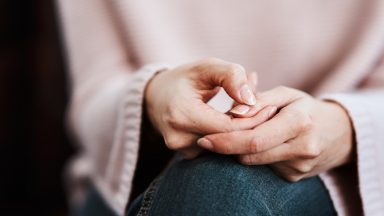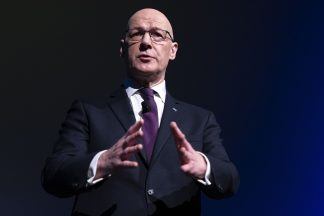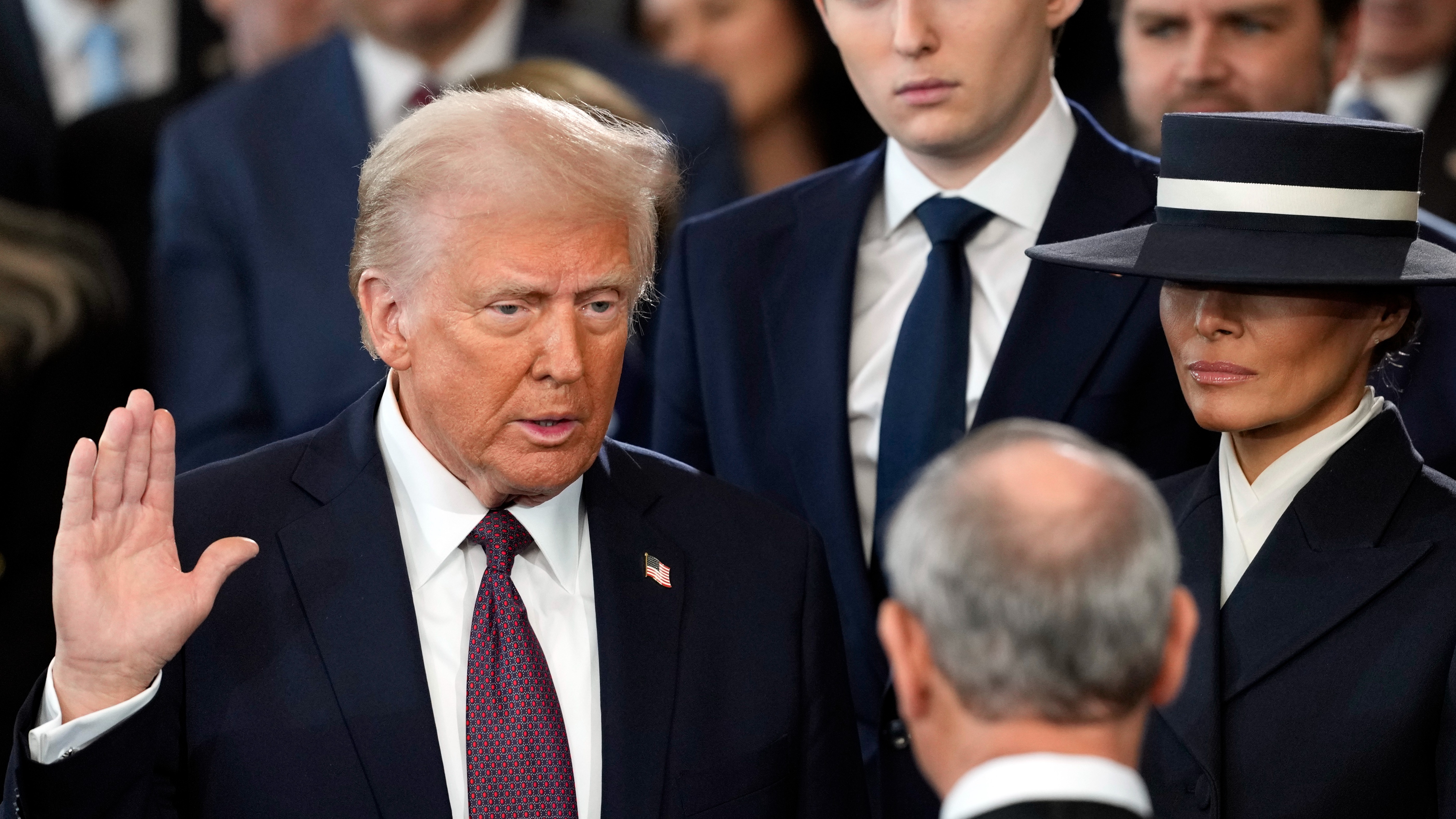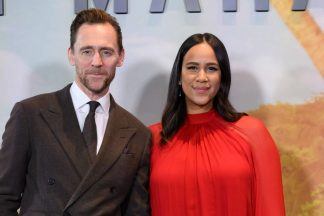Today, Nicola Sturgeon addresses the SNP conference. Like so much of life at the moment, even that will be a strange affair. No packed hall, no obligatory standing ovation, no raucous cheering as the backdrop accompanying the bongs on the evening news programmes.
There will be spending announcements, including financial help for poorer families, and an outline of the agenda on which the party will contest next May’s Holyrood election.
With the polls suggesting those elections are a foregone conclusion in terms of who will win, the only real post-pandemic question for the First Minister is what she will do to deliver a second independence referendum if there is a majority for one next year.
Now, of course, that, constitutionally speaking, is not in her gift. Westminster has to consent to such a poll and the Prime Minister has made clear he will say no.
Which means that come April, when a campaign of sorts will be underway, Sturgeon will spend much of it being dogged by the question, what do you do when the UK Government says no?
She has been here before. The question was posed at the UK general elections in 2017 and 2019 when the SNP was clear about their ambition for a second referendum. How many mandates does the SNP leader need before she decides to live dangerously?
The frustration of Yes supporters is increased by the belief that next time victory will be theirs. The post-2014 narrative has not gone well for the advocates of the status quo.
The Conservatives have won three UK general elections whilst being supported by only one in four Scots who voted in last December’s poll. And Scotland has left the EU despite a convincing majority in favour of remaining.
In 2014, the debate around the economics of independence and in particular the currency question acted as a break on the surge for Yes as risk averse voters in middle-class areas opted to say ‘better together’.
As I see it, pro-Union politicians have three new problems post-2014.
First, much of the current debate is on whether the devolved settlement is capable of bridging the ‘democratic deficit’ that devolution was meant to straddle. Brexit suggests not.
If a second poll is fought predominantly on the alleged dysfunctionality of the governance arrangements of the UK, then that is far stronger ground for Yes than having to explain away how they will plug the financial black hole once Scotland accepts her share of the UKs financial liabilities.
Unless the pro Union parties can reframe the debate, they run the risk of fighting on ground more advantageous to the proponents of change.
Second, the pro-Union position has become predominantly identified with the Scottish Conservative and Unionist Party, who now form the official opposition to the SNP at Holyrood. Alistair Darling’s leadership of the Better Together campaign does seem a lifetime ago.
With Scottish Labour a much diminished force compared to six years ago, there is an added danger that a second poll becomes a surrogate contest in asking voters to choose between independence and the SNP and the status quo and the Conservatives. The lack of a Labour voice in such a dynamic can only benefit the Yes side.
And then there is the question, who leads? A Conservative politician leading the No side would reinforce the view that unionism is best identified with the Conservative cause, a proposition many who voted No in 2014 would find hard to accept.
Then there is a simple question for the No side. What are you offering? The Vow in 2014 was an 11th hour response to a surge for Yes. It was not part of a carefully crafted strategy where leaders decided to play a strong hand to maximum advantage. I see no signs of serious thought about crafting a new pro-Union agenda outwith some references to federalism by some Labour figures.
All of the above is not lost on Yes supporters, hence their desire to get on with it. Those in the wider Yes movement, already impatient with the First Minister, will not settle for fighting talk ultimately defined by inaction.
With every passing month of 2021, Covid will diminish as a vaccine programme is rolled out. By the third quarter of next year it might be in the last throes of affecting our lives in the way it has.
Until it is beaten it will remain the SNP leader’s number one priority. However, at that point she needs a Plan B on IndyRef to implement.
Her instincts are cautious, shying away from organising a Holyrood-inspired plebiscite which may titillate constitutional lawyers and frame the case for change around pursuit of a poll that could be mired in debates about illegality.
Doing nothing in 2021 is not an option and she knows it. Then again the given in this conundrum is that Boris Johnson will continue to say No. Will he?
If his party goes down to a large defeat next May he may be forced to abandon the pre-election rhetoric realising you cannot imprison yet another Holyrood mandate in the safety deposit of Westminster sovereignty.




